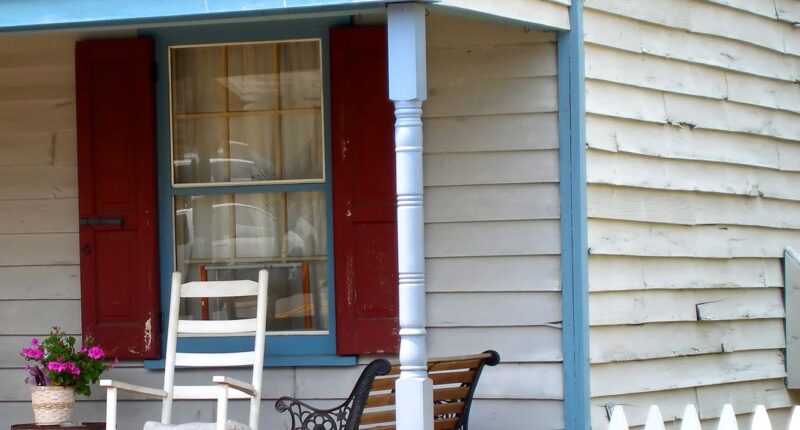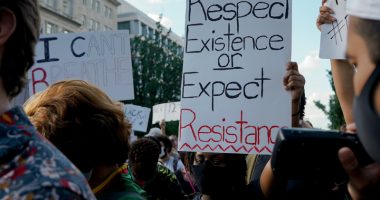The Devil’s Punchbowl refers to a deeply tragic and often overlooked chapter in American history — a site near Natchez, Mississippi, where thousands of formerly enslaved Black people perished in the aftermath of the Civil War.
Here’s a breakdown of its historical context and significance:
🔥 What Was the Devil’s Punchbowl?
After the Civil War ended in 1865, Union forces set up a “refugee camp” in Natchez to control and contain the mass migration of newly freed African Americans. Many had fled plantations, seeking freedom and safety under the Union army’s protection. But what they found instead was a horrific makeshift internment camp surrounded by a natural gorge — later known as the “Devil’s Punchbowl.”
The land got its nickname from its deep, bowl-like geological shape bordered by cliffs and the Mississippi River, creating a literal and symbolic trap.
⚰️ The Atrocities
Thousands of freed Black people were forced into this camp, which quickly became overcrowded and unsanitary.
Food and water were scarce, disease ran rampant, and conditions were inhumane.
Estimates suggest 10,000+ died in the camp from starvation, smallpox, and exposure.
Union soldiers allegedly prevented people from leaving, even to gather food or escape the dire conditions.
The bodies of the dead were buried in mass graves or left to decompose.
🧱 Erased from History
The Devil’s Punchbowl isn’t widely taught in schools or covered in mainstream Civil War narratives.
There are no major memorials or national recognition of this mass tragedy.
Oral histories from the descendants of Natchez residents and a few local historians have helped keep the story alive.
🧠 Why It Still Matters
It reveals how freedom for Black Americans didn’t come with justice or protection.
It underscores how structural racism persisted even in Union-controlled areas, and how federal forces were complicit in post-slavery atrocities.
The erasure of this event shows how America sanitizes its history, particularly when it involves Black suffering outside the typical North-vs-South narrative.
🖤 For Us, By Us: Black Memory & Truth-Telling
At 3D North Star Freedom File, truth is our weapon, and memory is our resistance. The Devil’s Punchbowl is not just a historical footnote — it’s a mirror. A reminder that “freedom” without justice is just a new plantation.
Let’s remember. Let’s tell the story. Let’s keep digging.
Good ahead and subscribe to the premium section of 3D North Star Freedom File for $5 a month for more content as we stretch deeper and deeper.









